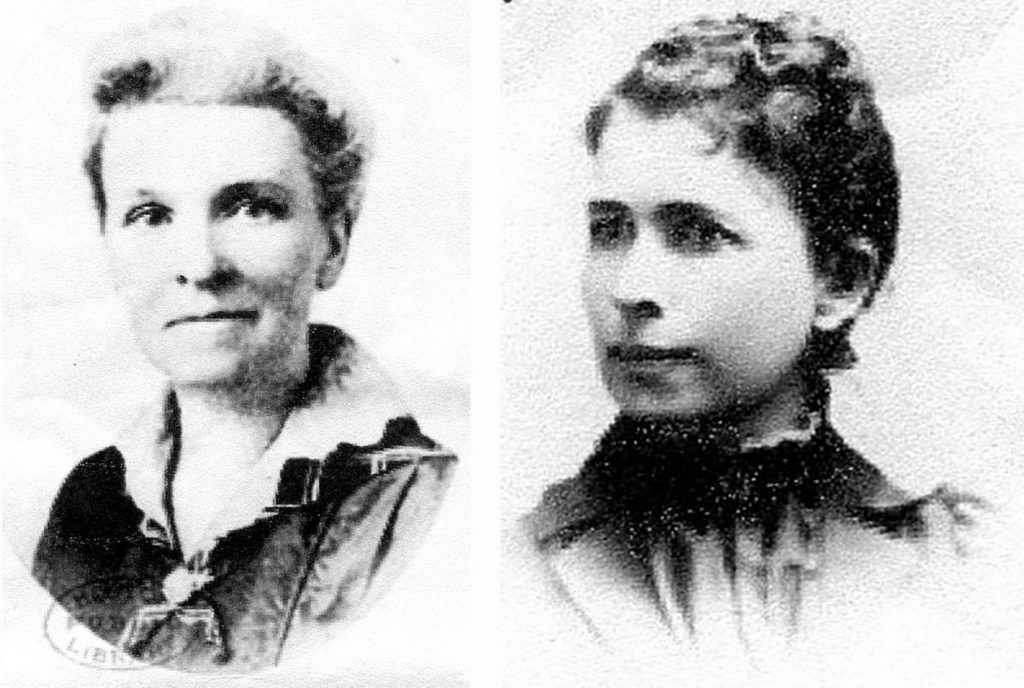As we watch the protest marches of the Black Lives Matter movement, it is interesting to look back at the years of similar marches, protests, and arrests that finally resulted 100 years ago in women gaining the right to vote.
For all the preceding centuries, women were second class citizens and in most cases without the right to not only vote, but also to own businesses or to access their own money, including inheritances. If a woman married, any family wealth or business that was hers reverted to her husband. Unmarried women or widows had their affairs managed by male relatives.
At times the women’s struggle coincided with the fight for black men to gain suffrage. At the first Women’s Rights convention in 1848 at Seneca Falls, N.Y., it was Frederick Douglas’s support that put the right to vote on the convention’s platform. Unfortunately, as each group fought for the same goal, the groups argued over which one should receive suffrage first. Acrimonious accusations and bad feelings caused a large rift between them.
However, the twin causes suffered many of the same dangers and indignities. When women spoke out at suffrage rallies, they were heckled and subjected to everything from threats to thrown tomatoes. Many were arrested and some, like Lucy Burns who went on a hunger strike in jail, were subjected to force feedings. On November 14, 1917, known as the ” night of terror ” many suffragists were tortured and abused in the jail where they were held.
The women in the movement knew that equality came with education, career opportunities, and political power, all things absent in most women’s lives prior to 1920. (Of course, just as the Civil War and emancipation did not provide black Americans with equal access, gaining the right to vote did not take away all discrimination for women).
Given that many women were forced to live powerless, uneducated lives of drudgery, it is empowering to look at two sisters whose lives took different paths and who called Rochester, home, in their adulthood. Mary Hall Leonard and Caroline Leonard Goodenough’s connection to town comes through their mother, Jane Thompson, sister of Zebulon Thompson, a stone cutter and philanthropist who lived on New Bedford Road. Zebulon supported his brothers and sisters and helped all to get educations after their father’s death.
Jane married James Leonard of Bridgewater and over the years, they had seven children. Unusual for the time period, James provided all of his children, both boys and girls, with education beyond grammar school. The third oldest child, Mary, graduated from Bridgewater Normal School and taught school for a time. After a trip to the Continent with relatives where she was able to do some post graduate work in Germany, she returned home and her career diverted from the norm.
Her next job was as an instructor teaching prospective teachers at the Normal School. She was not only successful, but earned the respect of many in the educational field. Her reputation was so strong that she was hired to be the principal and first instructor at Winthrop Training School in Columbia, South Carolina. The unusual decision to hire a woman as principal paid off. Under her leadership the school went from 19 students in 1886 to 100 by 1894. However, in 1892, her title was changed to just first instructor (glass ceiling?) and two years later, she left and returned home. She moved in with her mother (who had left Bridgewater after her husband’s death) and her uncle and lived at 487 New Bedford Road.
Mary Hall Leonard was a prolific writer who wrote technical articles on the art of teaching, novels, books of poetry, and an excellent reference book for local historians, Mattapoisett and Old Rochester, as well as Old Rochester and Her Daughter Towns, and was considered Rochester’s historian for many years.
Mary’s younger sister, Caroline, also received a college education. Her life’s direction was affected by her marriage to Herhert Goodenough, who trained to be a missionary. The couple spent 35 years in Africa working as missionaries to the Zulus. After Herbert’s death, Caroline like her sister moved into her uncle’s Rochester home. Also like her sister she was an author. She wrote many books of hymns and poetry and the memoirs and genealogy of the Leonard, Haskell, and Thompson families titled Legends, Loves and Loyalties of Old New England. Both women are buried in Rochester’s Center Cemetery.
By Connie Eshbach
